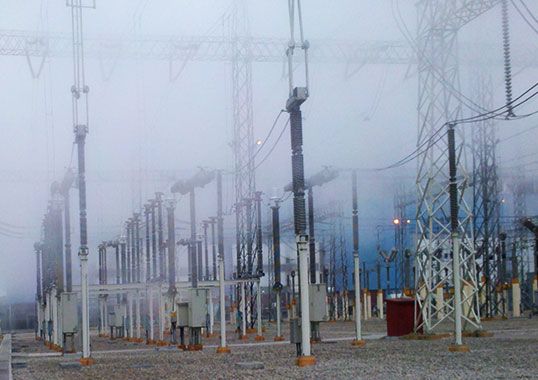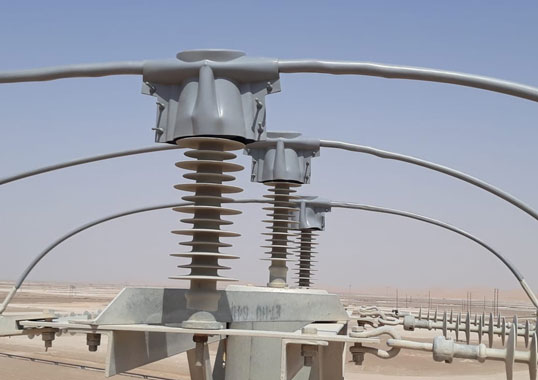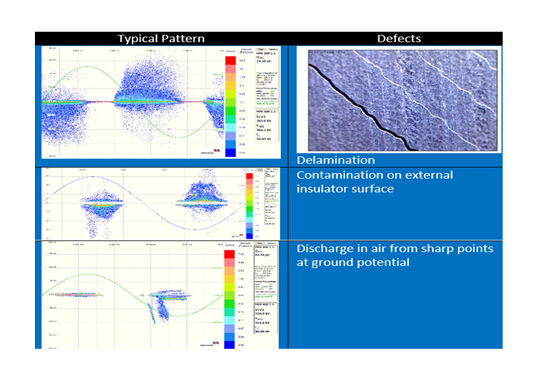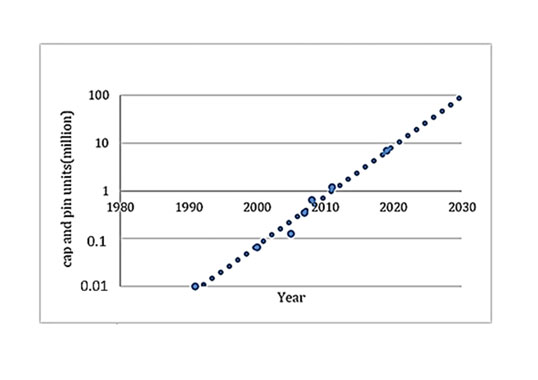Effect of Cooling Towers on Outdoor Insulation at Power Substations by Ramiro Hernandez-Corona
Pollution is one of the main causes of failure of external insulation and therefore insulation design must always consider its potential impact. Moreover, in some cases pollution severity changes drastically due to external causes, reducing effectiveness of scheduled preventive maintenance and leading to service interruptions that can last hours. Among the pollution sources inherent in most power systems are the cooling towers of thermal power plants that extract heat from large volumes of water through evaporation and conduction. Steam generated during such extraction not only represents a means of wetting for nearby external insulation but, if steam conductivity is high, cooling towers also become another pollution source. Wetting of insulation can occur due to mechanisms such as condensation and the true impact takes place when vapor emissions cover and fully saturate the insulators. This presentation presents a case study where a power substation in Mexico has been exposed to the effects of nearby cooling towers. The affected insulators are glass and porcelain, some with more than 40 years’ service. Over this time, insulators with different profiles and from different suppliers have been installed, both in primary equipment as well as for insulator strings. Insulation coordination has been maintained by applying hydrophobic coatings and by carrying out periodic maintenance. In addition, a leakage current measuring system was installed to predict risk of pollution flashover of insulators.









